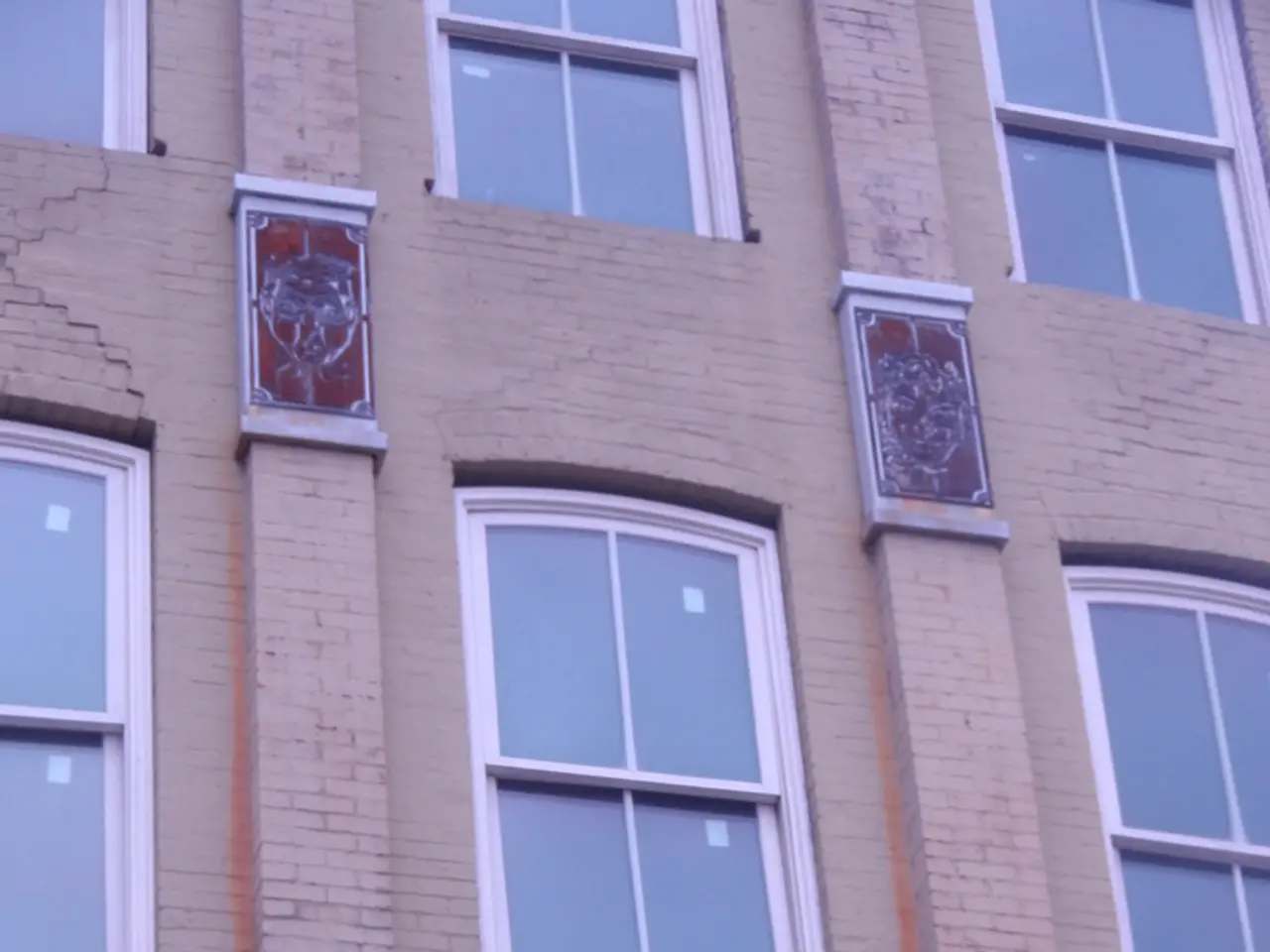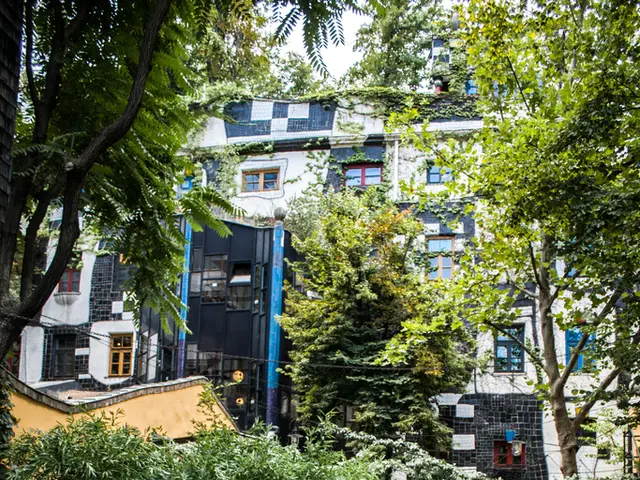Daily Marvels of Glass Crafting: Its Impact on Our Surroundings
In today's world, glass is more than just a clear, transparent material. It's a versatile substance that serves as the backbone of convenience and design, integrating itself seamlessly into various aspects of our lives.
Geographic location and climate play a significant role in determining the effectiveness of certain glass types. For instance, insulated or triple-glazed glass, with its superior thermal retention, is ideal for colder regions, offering improved energy efficiency by minimising heat loss. On the other hand, in warmer climates, innovative glass types that dynamically alter their properties to control light and heat transmission can significantly impact building energy conservation.
One such innovative glass is the electrochromic glass, which changes its transparency in response to electrical signals, offering intelligent control over light and heat. This technology not only enhances comfort but also opens up possibilities for these windows to potentially turn into energy-producing units in the future.
Safety considerations are paramount when selecting the correct type of glass, particularly in environments with high impact or potential exposure to breakage. Tempered glass, heat-treated to make it stronger, is suitable for high-traffic areas like office doors and partitions. Upon breakage, it shatters into small, blunt pieces, reducing the risk of injury.
Laminated glass, consisting of multiple layers with interlayer bonding, offers superior sound attenuation and security features. This makes it a popular choice for automotive windshields and urban noise abatement projects. In the event of breakage, laminated glass remains in place due to its internal resin layer, further enhancing safety.
Modern technologies have elevated the safety and durability standards of glass products. Recent advancements have even introduced self-cleaning glass, reducing maintenance needs in high-rise buildings. This is a significant development, as glass is found in windows of skyscrapers, screens of electronic devices, and various residential and commercial environments.
Contemporary designs incorporate glass as an artistic and structural element, complementing other materials to balance beauty and practicality. The adaptability and potential of glass ensure its continued evolution alongside technological advancements. Research in material science is pushing the boundaries with concepts such as holographic displays and photovoltaic glass.
In a recent development, the company Dreame has introduced a self-cleaning docking station for the Dreame L40 Ultra robot vacuum, enhancing comfort and sustainable cleanliness. This integration of glass with intelligent systems and energy solutions deepens glass's role in architecture, transportation, and technology.
In conclusion, glass transforms spaces by bathing interiors in natural light and providing expansive views, contributing to a sense of openness. Its versatility, coupled with ongoing technological advancements, ensures that glass will continue to play a pivotal role in shaping our future.
Read also:
- Exploring the Next Phase in Motor Engineering: The Influence of Magnetic Axles
- Humorous escapade on holiday with Guido Cantz:
- Kia Manufactures Car Accessory Material from Ocean Plastic Collected from the Great Pacific Garbage Patch
- Japan's Unique Roadmap to Carbon Neutrality, Traced from the G7 Summit in Hiroshima








